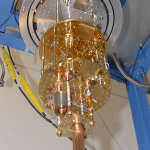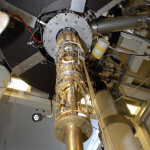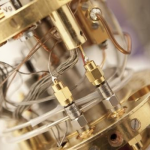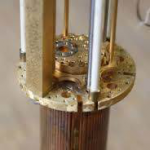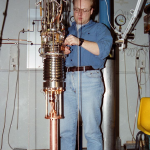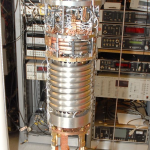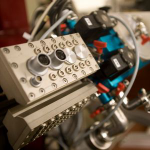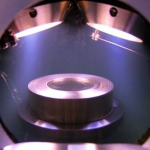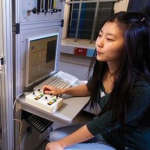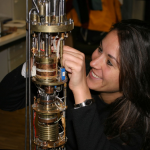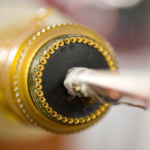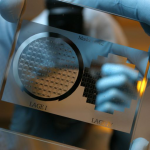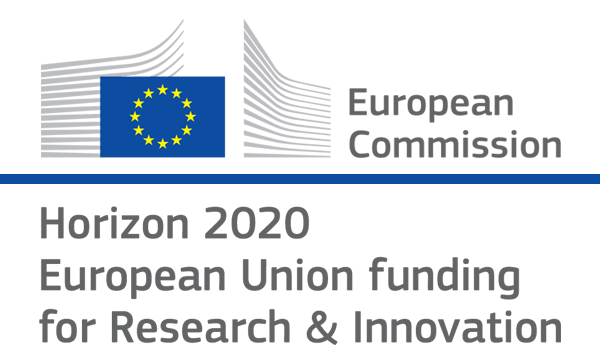

- Photon Transport in a Bose-Hubbard Chain of Superconducting Artificial Atoms
G. P. Fedorov et al., Phys. Rev. Lett. 126, 180503 (2021) - Path-Dependent Supercooling of the
He3 Superfluid A-B Transition
Dmytro Lotnyk et al., Phys. Rev. Lett. 126, 215301 (2021) - Superconductivity in an extreme strange metal
D. H. Nguyen et al., Nat Commun 12, 4341 (2021) - High-Q Silicon Nitride Drum Resonators Strongly Coupled to Gates
Xin Zhou et al., Nano Lett. 21, 5738-5744 (2021) - Measurement of the 229Th isomer energy with a magnetic micro-calorimeter
T. Sikorsky et al., Phys. Rev. Lett. 125 (2020) 142503
Measuring the Prong Velocity of Quartz Tuning Forks Used to Probe Quantum Fluids
D.I. Bradley, P. Crookston, M.J. Fear, S.N. Fisher, G. Foulds, D. Garg, A.M. Guenault, E. Guise, R.P. Haley, O. Kolosov, G.R. Pickett, R. Schanen, V. TsepelinRecently, quartz tuning forks have been used to probe the dynamics of quantum fluids. For many of these measurements it is important to know the velocity amplitude of the tips of the vibrating fork prongs. We have used different techniques to establish, with an accuracy of a few percent, the relationship between the electrical and mechanical properties of several commercial quartz tuning forks with fundamental resonant frequency ∼32 kHz. The velocity is usually inferred from an electro-mechanical calibration that models a quartz prong as a clamped, rectangular cantilever beam. We have tested the accuracy of this calibration using three methods: measurement of the amplitude at which the fork prongs touch each other; direct optical measurement of the moving fork prongs using strobe microscopy; and a Michelson interferometry technique operating with a 670 nm laser. All three methods yield consistent results. The velocity so determined is found to be 10% lower than that of the standard electro-mechanical calibration.
J. Low Temp. Phys. 161, 536 (2010)
doi: 10.1007/s10909-010-0227-y
